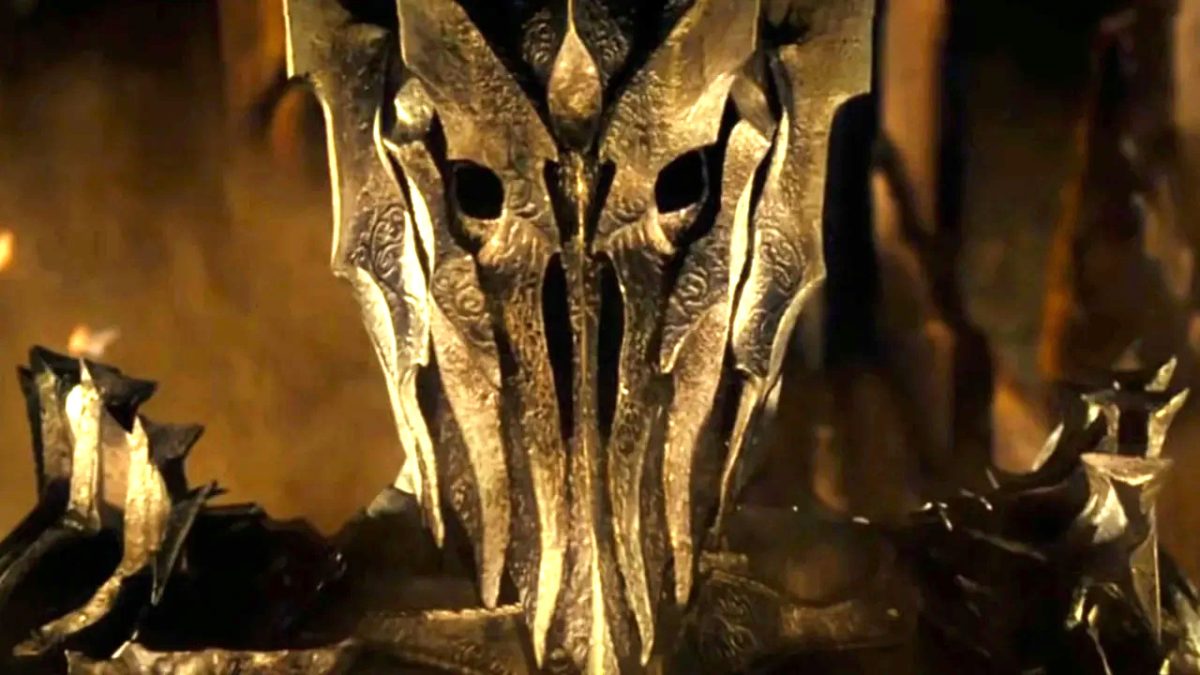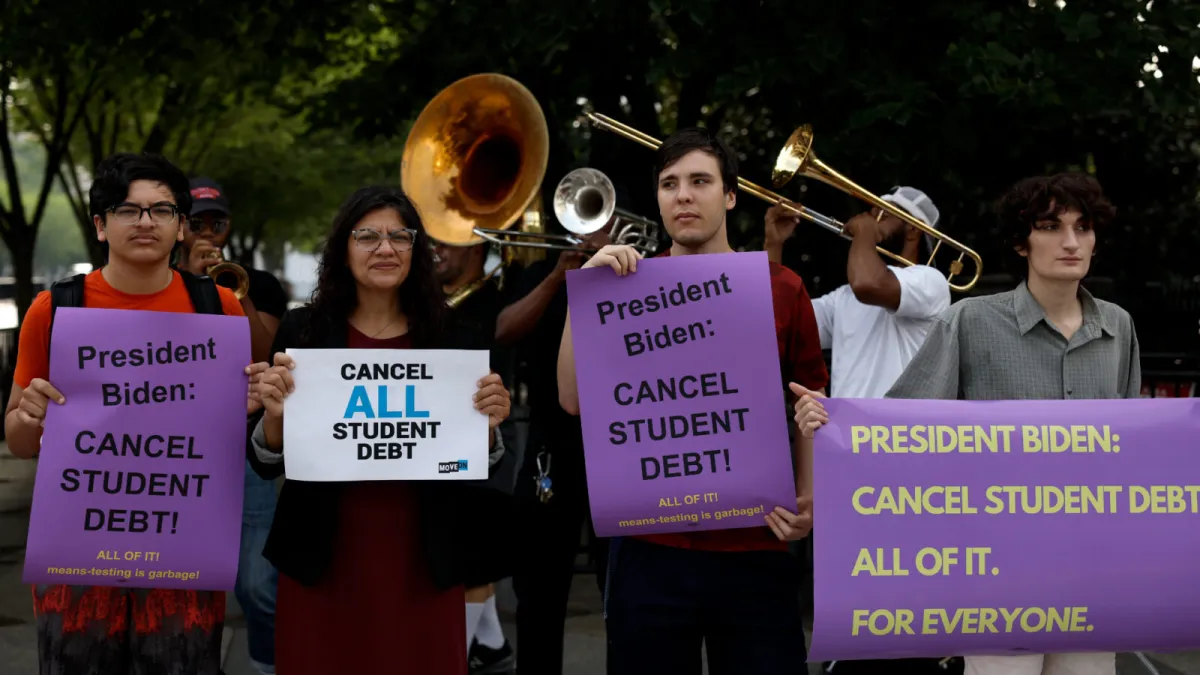The Da Vinci Code (2006)

While many question the quality of the film, The Da Vinci Code is, in many ways, the ultimate in recent secret society movies – being about a conflict between two religious-based fraternities. Based on the bestselling novel of the same name by Dan Brown, the film is directed by Ron Howard from an adapted screenplay by Akiva Goldsman, and stars Tom Hanks as Harvard-based Professor of religious iconography and symbology, Robert Langdon.
This chase movie begins in the Louvre, in Paris, as an albino Catholic monk named Silas (Paul Bettany) interrogates the curator regarding the location of the “Priory’s Keystone” – which will apparently lead to the Holy Grail. Silas intends to destroy the Grail, under the guidance of a mysterious figure known as The Teacher, and in association with Opus Dei (a real institution within the Roman Catholic Church). The curator, Sauniere (Jean-Pierre Marielle) is then found murdered in gruesome, ritualistic fashion, having provided Silas with false information.
The police approach Robert Langdon for assistance with the ritualistic elements of the murder, as they contain religious iconography – but they soon identify him as a suspect. This leads Langdon and Sauniere’s granddaughter, Sophie (Audrey Tatou), to investigate for themselves, and they discover that Sauniere was the Grand Master of the Priory of Sion (a fringe, fraternal organization founded in 1956 that was, in fact, a hoax, but is presented as real for the purpose of the story).
Langdon and Sophie seek the assistance of his friend and Holy Grail expert, Sir Leigh Teabing (Ian McKellen), who reveals that the Holy Grail is actually Mary Magdalene – wife of Jesus Christ and mother of his child. Their union created a line of descendents that the Priory of Sion was formed to protect. Teabing is revealed to be The Teacher, however – and he is determined to destroy the Church.
The idea at the heart of The Da Vinci Code is that our reality is a lie – pedalled to us in every conceivable way to ensure our unquestioning support of a corrupt system. The thought that one of our most influential institutions has fabricated a tale that ensures its own continued wealth and prosperity – at the expense of others – is one that resonates perhaps a little too acutely. While the narrative uses a mixture of existing organisations and those that were formed as a hoax, the needling of our innate suspicions of powerful people is inescapable.
The sequel to The Da Vinci Code was titled Angels And Demons, and returned to Catholicism and featured The Illuminati as its secret society. A third film – Inferno – was based more in the world of science, and included a shadowy organization known as The Consortium. But it is The Da Vinci Code that really set the tone for secret societies in this Dan Brown trilogy, and which remains a prime example of their use in the action-thriller genre.






